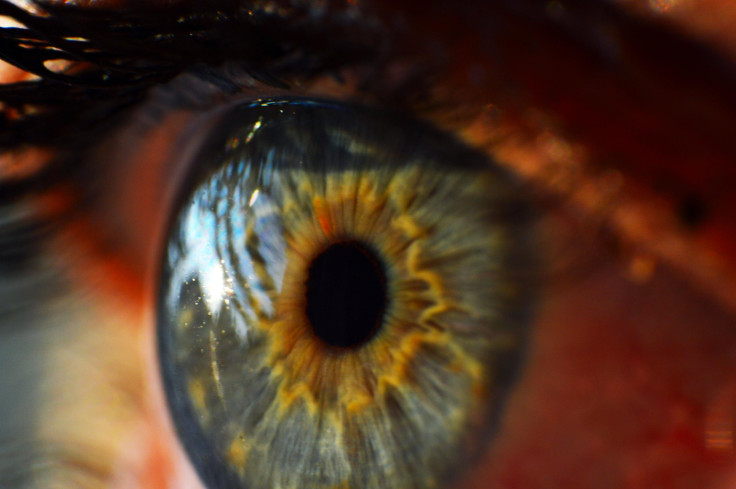Computer Eye Strain Relief: 8 Tips For Better, Brighter Vision

When some of us were children, we strained our eyes to read books or watch TV shows. Today, though, screens are omnipresent; they’re in our smartphones, tablets, and other handheld devices. While there’s a myriad of different conditions our eyes can develop over time, eye strain — when your eyes get tired from intense use — is something we can actually prevent.
Here’s what you can do to practice safe screen time, and keep your vision healthy and bright.
1. Reducing The Glare
When it comes to computers and handheld devices, the reflective glare emitting from those screens can also cause our eyes to strain. Not to mention if it’s late at night, it can disrupt the production of the sleep hormone melatonin, tricking your body into thinking it needs to be awake at 11 p.m. While many devices come with anti-reflective surfaces, it still might not be enough to avoid it entirely. Try tilting the screen slightly sideways when using it as a way to limit the glare.
2. The 20-20-20 Rule
This rule is handy for breaking up a tiresome routine, which is especially useful for those stuck behind a computer for many hours each day; computer vision syndrome is definitely a thing. The Mayo Clinic recommends that every 20 minutes, users look at something at least 20 feet in the distance for 20 seconds at a time; set a timer to remind yourself. Every few times, get up and walk around during these breaks to increase circulation, which helps your entire body, not just your eyes.
3. The Right Medicine
Try using eye drops or artificial tears if you notice your eyes become dry from too much screen time. If you do happen to wear corrective lenses or contacts, be sure to keep your prescription current with regular eye exams. If you find yourself with frequent eye fatigue and you’ve ruled out other possible causes, the problem could lie with your eyesight itself, and you should make an appointment with a healthcare professional.
4. Keeping Current
Along with keeping your eyeglasses current, consider your hardware as well. Many smartphone users regularly update their devices, which come with better resolution. Tablet, computer, and e-book readers should also upgrade their equipment regularly to models with increased resolution.
5. Adjust The Brightness
Regularly compare the lighting in the room to the screen you are using. Reduce the brightness of your screen in the settings section to blend in better with the surrounding ambient lighting in your environment. This will not only save energy and extend your battery life, it will also reduce eye strain associated with staring at these bright screens.
6. Keep Them Clean
A dirty screen leads to lower contrast, blurry images, and other problems that increase the strain we put on our eyes. Clean your screens regularly with recommended lint-free cloths and don’t use harsh detergents or sprays.
7. Exterior Lighting
Bright lights surrounding you, especially the unflattering fluorescent ones, also increase glare that contributes to additional eye strain. When possible, keep your device away from sunlight by closing nearby shades on windows and turn off unnecessary lighting in surrounding areas.
8. Increase Blinking
Blinking our eyes, like breathing, is something we do without thinking — but sometimes when we’re behind a screen, we simply forget. Make it a point to blink more often when using these devices.
The bottom line: Today’s technology is all around us and it isn’t going anywhere. Our vision is invaluable, and we should do our very best to preserve it for as long as humanly possible.
Tara Heath is a health professional and works as a freelancer writer in the evenings. Her writing focuses mainly on health, such as skincare and how to live a healthy lifestyle overall. She lives in Burbank, Calif.



























